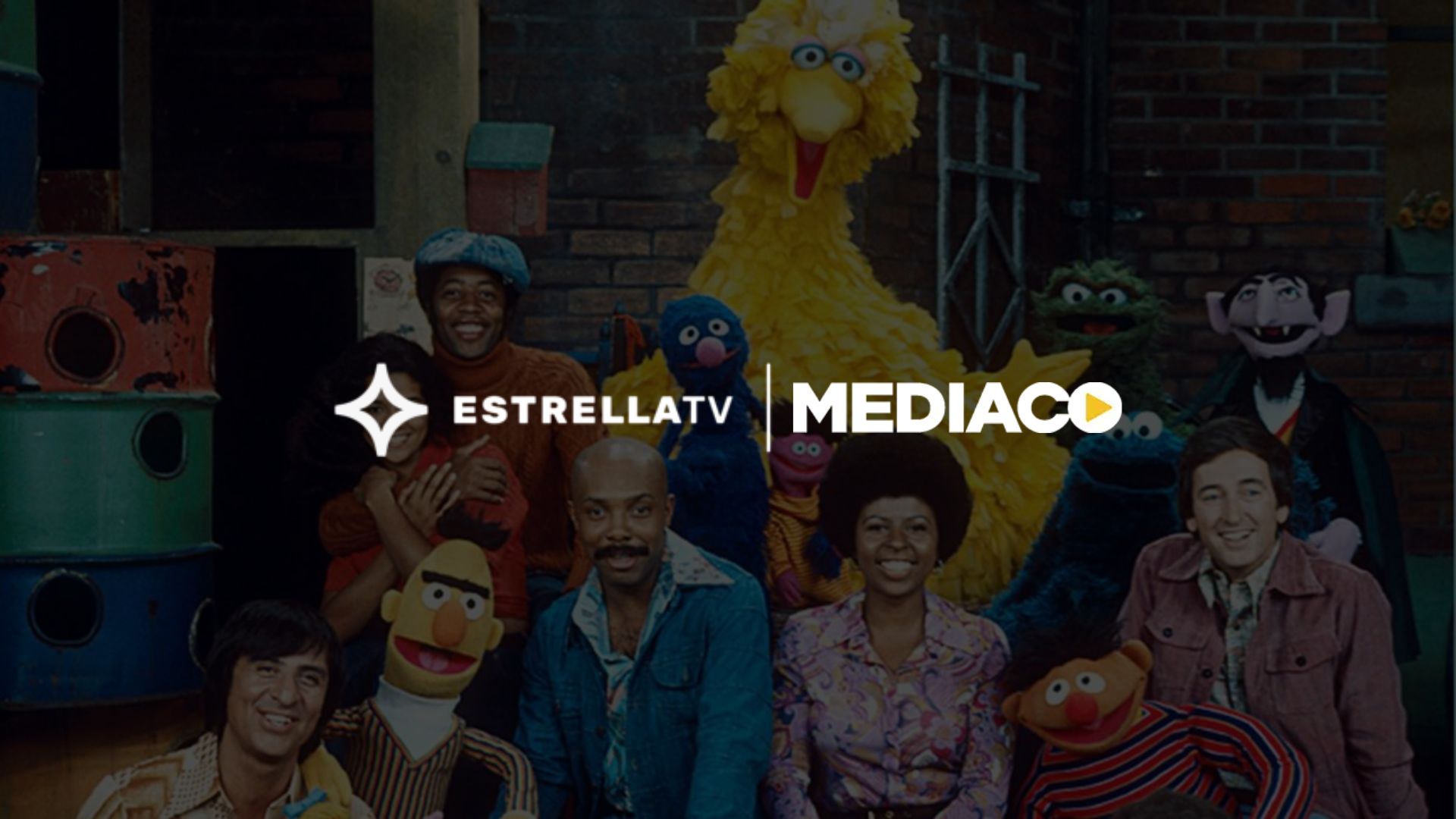New Delhi — The World Out of Home Organization (WOO) is teaming up with Ad Net Zero to make climate accounting in advertising a little more precise—especially for billboards, transit ads, and digital screens.
The collaboration aims to enhance the Global Media Sustainability Framework (GMSF), a standardized methodology for calculating greenhouse gas emissions across media channels. Originally developed by Ad Net Zero, the framework will now be updated to better reflect the operational realities of Classic, Transient, and Digital Out-of-Home (OOH) formats.
Bringing Accuracy to a Complex Medium
OOH isn’t a one-size-fits-all medium—it ranges from static roadside banners to high-resolution digital billboards running dynamic content. According to Katrin Robertson, CEO of blowUP media and head of WOO’s Global Sustainability Task Force, the goal is to “provide practical solutions accessible to all” while highlighting OOH’s unique ability to combine “environmental efficiency with advertising impact.”
For Anthony Falco, Ad Net Zero’s Global Media Sustainability Director, the update is about “consistency and transparency” in carbon measurement. The improved framework will produce channel-level data guidance that reflects actual OOH operations, making the methodology both practical and actionable for advertisers and media owners.
OOH’s Green Advantage
OOH has been steadily improving its sustainability credentials. Research from Germany using the Green GRP tool—designed to measure CO₂ emissions from cross-media campaigns—found that OOH emits significantly less CO₂ per 1,000 impressions than other media formats.
The UK market offers further proof: 90% of OOH energy use now comes from renewables, with LED lighting, solar panels, and innovative site designs helping to reduce emissions even more. Some initiatives go beyond energy efficiency, including living wall billboards that purify surrounding air, PVC-free banners, and widespread use of recycled materials.
Why It Matters for Advertisers
As sustainability becomes a brand value and regulatory requirement, advertisers are increasingly asking for hard environmental data alongside audience metrics. With a refined GMSF, the OOH sector could position itself as one of the most transparent—and lowest-carbon—channels in the media mix, giving brands a measurable reason to keep investing in physical spaces.




